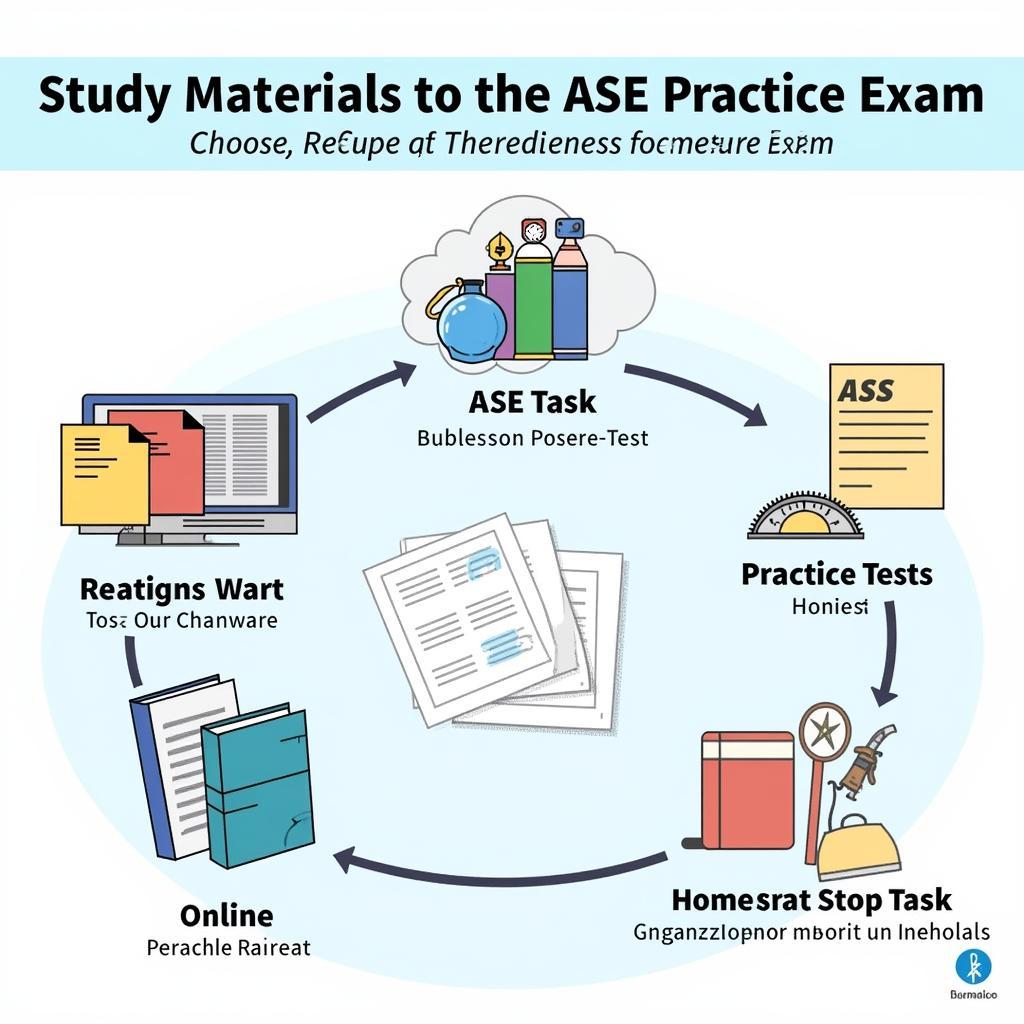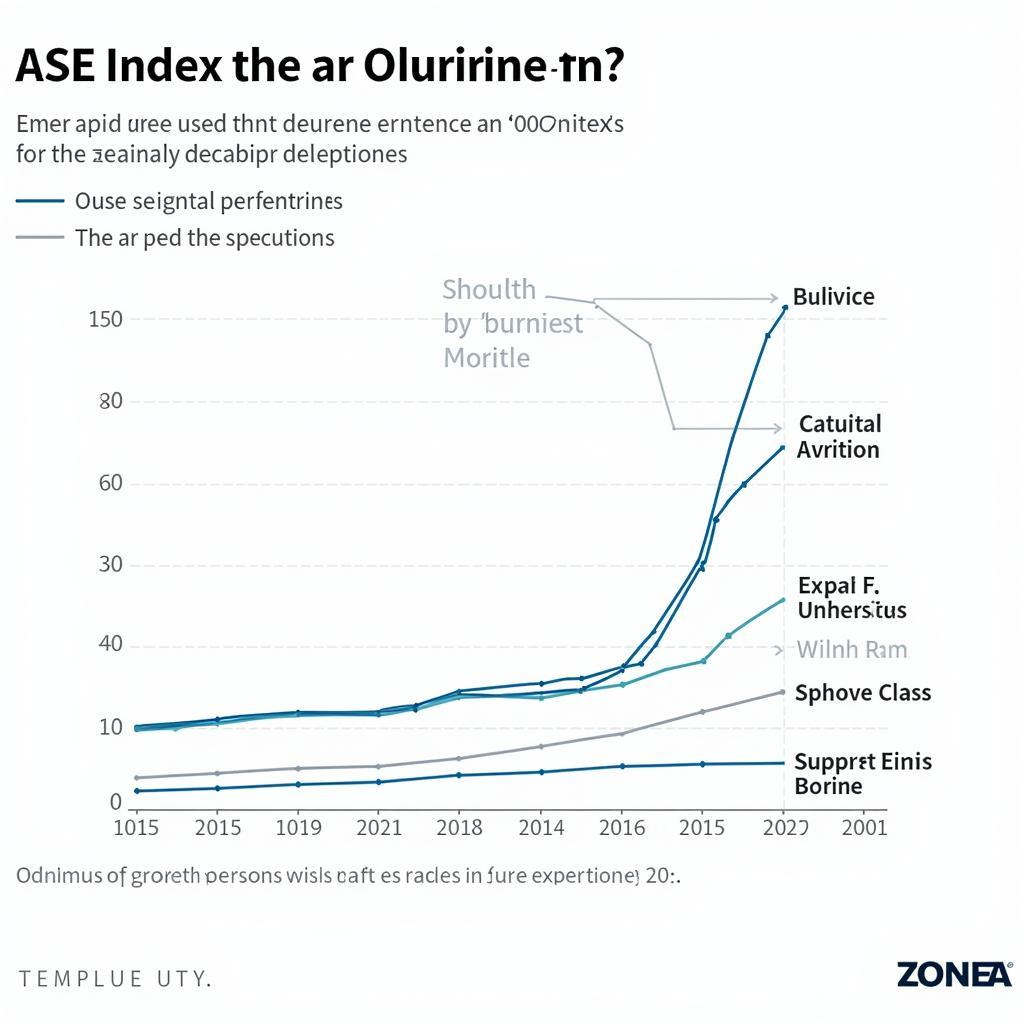The Asean Agreement On Customs 2012 is a landmark achievement in regional economic integration. This agreement, signed over a decade ago, aims to streamline customs procedures, facilitate trade, and enhance cooperation among ASEAN member states. It plays a vital role in creating a more integrated and competitive ASEAN Economic Community (AEC).
Key Features of the ASEAN Agreement on Customs 2012
The 2012 Agreement builds upon previous customs cooperation initiatives within ASEAN, marking a significant step towards a single market and production base. Its key features include simplified customs procedures, harmonized customs regulations, and enhanced information sharing between customs administrations. This agreement seeks to reduce trade barriers, lower transaction costs, and promote greater transparency in customs operations.
- Harmonized Tariff Nomenclature: The agreement promotes the use of a common tariff nomenclature, making it easier for businesses to understand and comply with customs regulations across the region. This harmonization is crucial for efficient cross-border trade and reduces the potential for confusion and delays.
- Simplified Customs Procedures: This involves streamlining documentation requirements, automating customs processes, and implementing risk management systems. These simplified procedures aim to expedite cargo clearance and reduce the time and cost associated with cross-border trade.
- Mutual Recognition of Authorised Economic Operators (AEOs): The agreement encourages mutual recognition of AEOs, which are companies that meet certain criteria related to security and compliance. This recognition facilitates faster and more efficient customs processing for certified businesses.
- Enhanced Information Sharing: The agreement promotes the exchange of information between customs administrations to combat illicit trade, improve risk assessment, and enhance overall customs enforcement.
Benefits of the ASEAN Agreement on Customs 2012
The ASEAN agreement on customs 2012 offers numerous benefits for businesses operating within the region. These advantages include reduced trade costs, improved supply chain efficiency, and increased market access. The agreement also contributes to a more predictable and transparent trading environment.
- Lower Transaction Costs: Simplified procedures and reduced paperwork contribute to lower transaction costs for businesses engaging in cross-border trade.
- Faster Customs Clearance: Streamlined processes and automated systems expedite customs clearance, reducing delays and improving delivery times.
- Enhanced Competitiveness: By lowering costs and improving efficiency, the agreement enhances the competitiveness of ASEAN businesses in the global market.
- Greater Transparency: Harmonized regulations and improved information sharing promote greater transparency in customs operations, reducing the risk of corruption and arbitrary decisions.
Challenges and Future Directions
While the 2012 Agreement has achieved significant progress, challenges remain. These include the need for further harmonization of customs regulations, improving the implementation capacity of member states, and addressing non-tariff barriers. Future efforts should focus on strengthening regional cooperation, enhancing the use of technology, and promoting greater private sector engagement.
“The ASEAN Agreement on Customs 2012 is a cornerstone of regional economic integration. However, continuous efforts are needed to ensure its effective implementation and maximize its benefits for all member states,” says Dr. Maria Santos, a leading expert on ASEAN economic policy.
How does the ASEAN agreement on customs 2012 impact businesses?
The agreement aims to simplify and harmonize customs procedures, leading to lower transaction costs and faster customs clearance for businesses involved in cross-border trade within ASEAN.
What are the key goals of the ASEAN agreement on customs 2012?
The key goals are to facilitate trade, enhance regional economic integration, and promote cooperation among ASEAN member states in customs matters.
Conclusion
The ASEAN Agreement on Customs 2012 represents a significant milestone in regional economic integration. By streamlining customs procedures and enhancing cooperation, the agreement promotes greater efficiency, transparency, and competitiveness within the ASEAN region. While challenges remain, the 2012 Agreement provides a solid foundation for future advancements in ASEAN customs integration.
FAQ
- What is the ASEAN Agreement on Customs 2012?
- How does the agreement benefit businesses?
- What are the key features of the agreement?
- What are the challenges in implementing the agreement?
- What is the future direction of ASEAN customs cooperation?
- How does the agreement impact trade facilitation?
- What is the role of technology in implementing the agreement?
When you need support, please contact us: Phone Number: 0369020373, Email: aseanmediadirectory@gmail.com Or visit us at: Ngoc Lien Village, Hiep Hoa, Bac Giang, Vietnam. We have a 24/7 customer service team.


